To believe that Albion triumphed over Napoleon with purely British forces would be very wrong: Belgians, Dutchmen and Germans, in various guises, all greatly contributed – and so it will be on Black Powder battlefields, as Dutch and Belgian troops in miniature will be marching onto tabletops soon.
The Kingdom of the Netherlands
In March 1815, the prince sovereign was crowned King William I of the Netherlands, while his eldest son became the Prince of Orange. The unification of the Netherlands followed 200 years of separation and the two parts, Holland and Belgium, did not now mix well. Holland was predominantly Protestant while Belgium was Catholic, but revolutionary France had, for a time, held both in check.
Both halves of the new kingdom had fought for Napoleon, the Belgians as recently as 1814, with the commanders of the Netherlands formations having tasted ‘la gloire’ and learnt their trade in French service. The Netherlands provided a considerable force to the Allied cause in 1815: twenty-two battalions of Dutch infantry, six battalions of Belgian infantry and four battalions of west/east indies infantry in three infantry Divisions; a cavalry Division consisting of a Heavy and two light brigades; and six artillery batteries.
Infantry
Belgian and Dutch infantry battalions consisted of three types: line, Jäger and the all-Dutch Militia. The Netherlands infantry force was not of the best quality, the majority hampered by limited training and battle experience, combined with pro-French sympathies. the two divisions of infantry at Waterloo, the 2nd and 3rd, each had two brigades. the 2nd Division consisted of a brigade of Netherlanders and a brigade of Nassau infantry, while the 3rd Division’s two brigades consisted solely of Netherlanders.
A brigade typically had five battalions with all three infantry types represented. the infantry battalions of all three reflected French influence, having six companies (four centre and two flank), with each company having a nominal strength of 120 men, but battalion strengths did vary. the Netherlands infantry regulations mirrored those of the French of 1791; however, just prior to the Hundred Days campaign the Prince of Orange ordered that when in line the troops would form up in two-deep ranks.
Cavalry
The heavy brigade of cavalry consisted of two Dutch Carabineer regiments and one Belgian Carabineer regiment, each regiment having three squadrons of approximately 150 men. This brigade acquitted itself well during the battle, though it is said that around the time that la Haye Sainte fell, Lord Uxbridge himself tried to order this brigade forward, but their commander Major General Trip refused to obey; an oddity as Trip himself had led the brigade during several charges earlier in the battle against the redoubtable French Cuirassiers and was mentioned in despatches by the Duke of Wellington as to his efforts on the field of Waterloo.
The two light Brigades consisted of both hussars and light dragoons. Both brigades were heavily engaged during the Battle of Waterloo, where they carried out their duties with great bravery. Each regiment had either three or four squadrons and, like the infantry, the average company strength was 150.
Watch This Space
Today we’ve just given you a small taster with the artwork for the forthcoming box sets. Keep your eyes peeled in the near future for a look at the miniatures themselves. If you were fortunate enough to attend our recent Open Day in September, you may have already spied them…
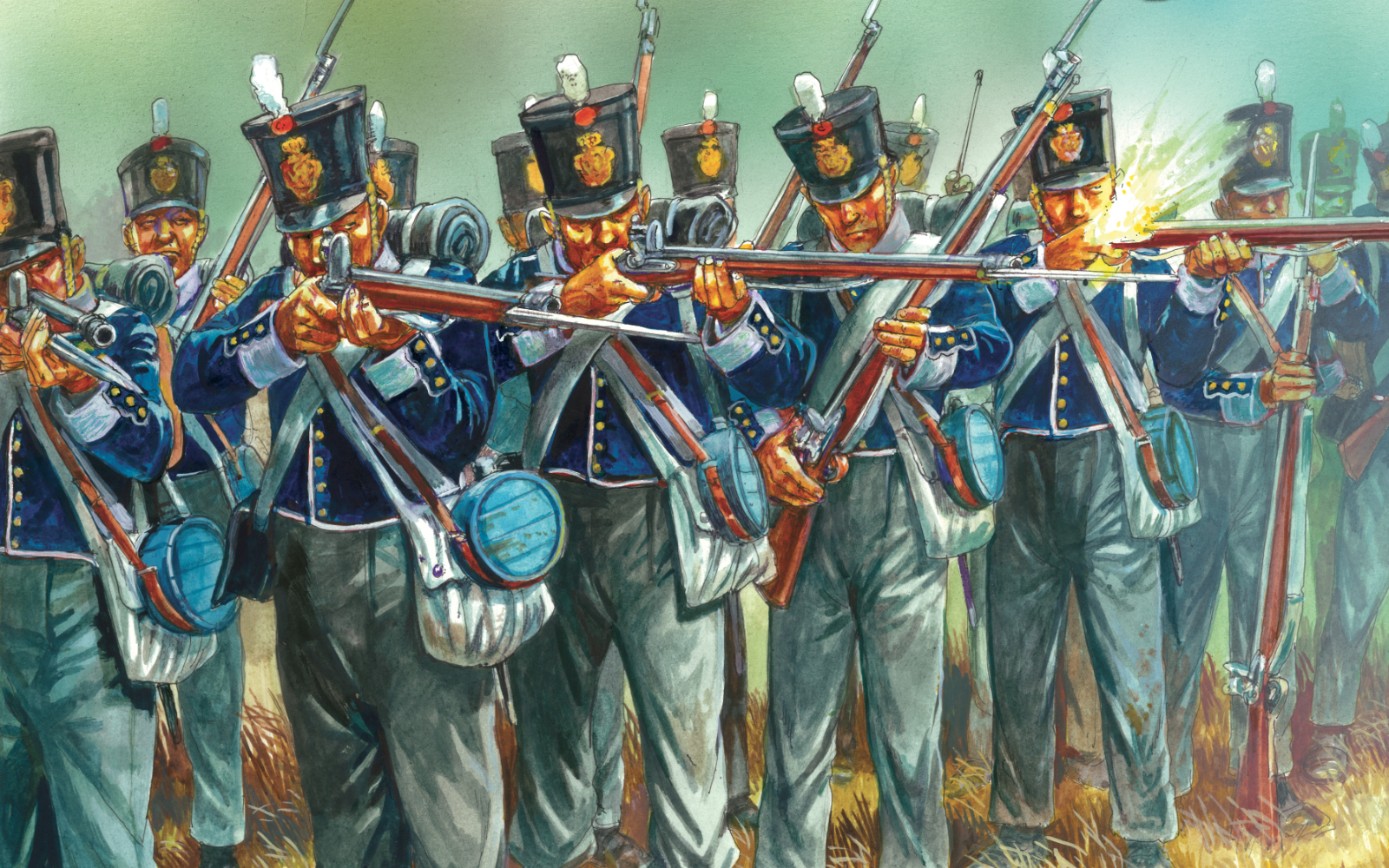
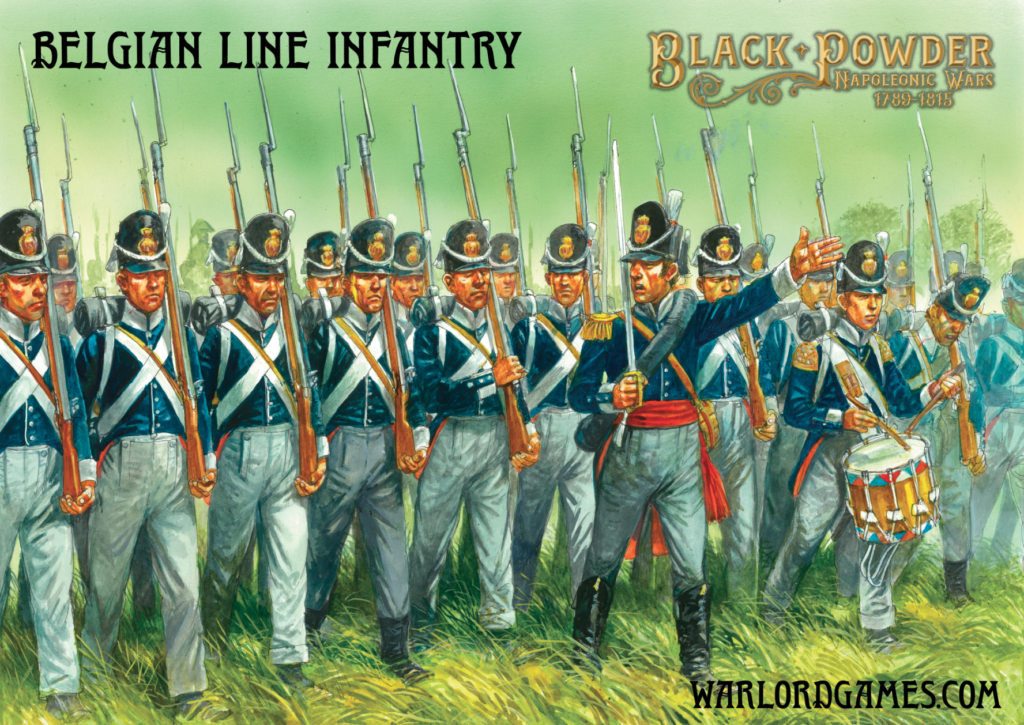
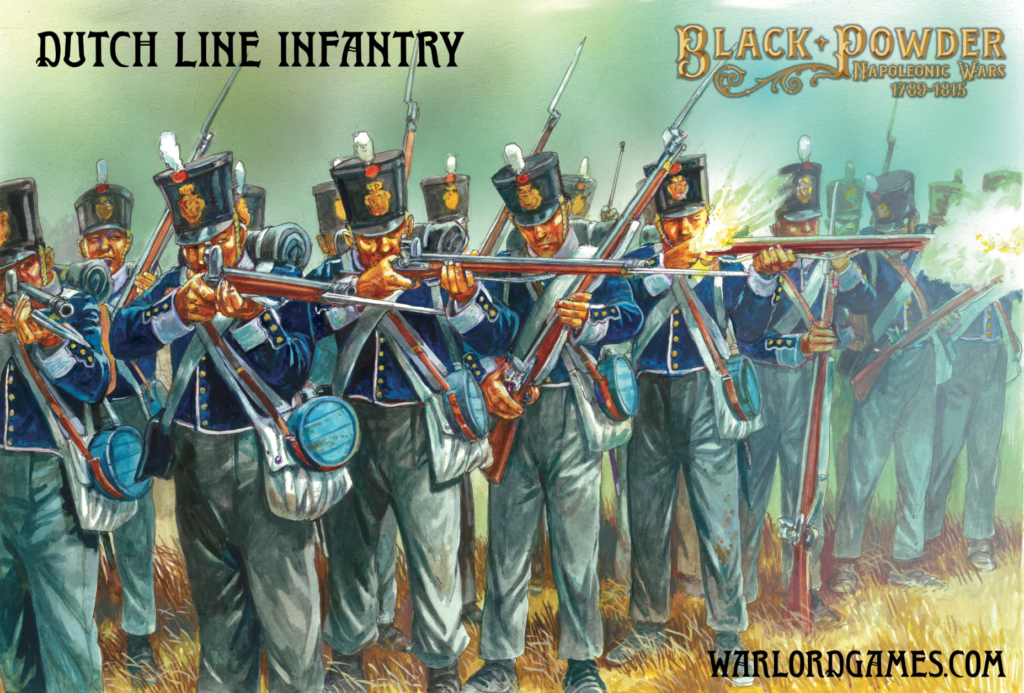
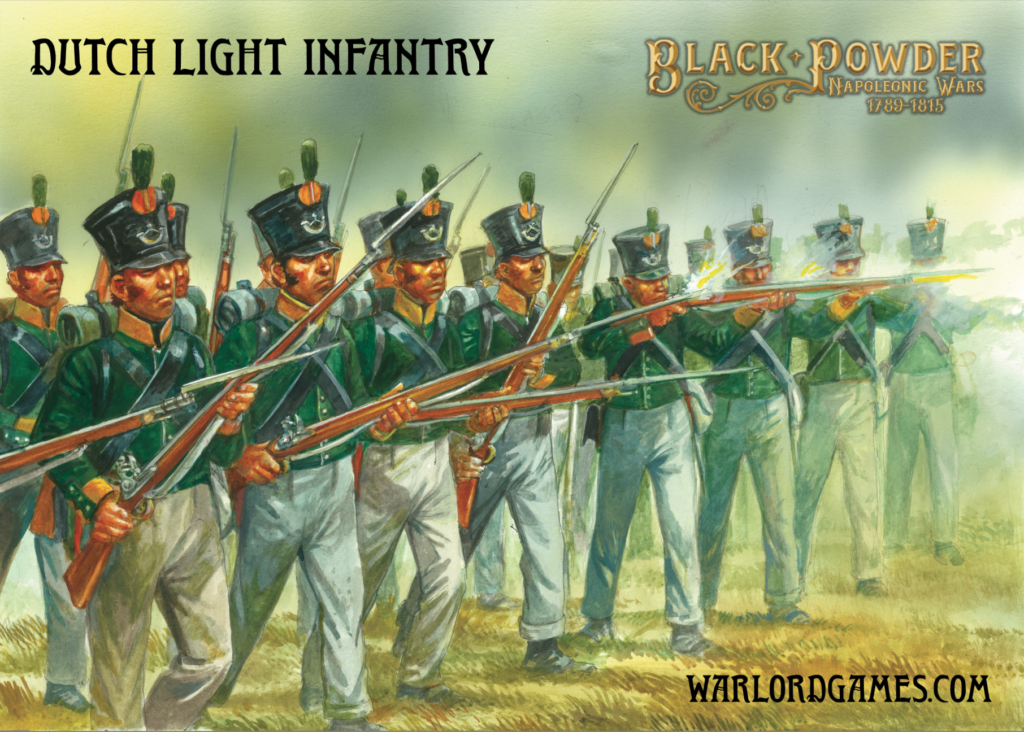
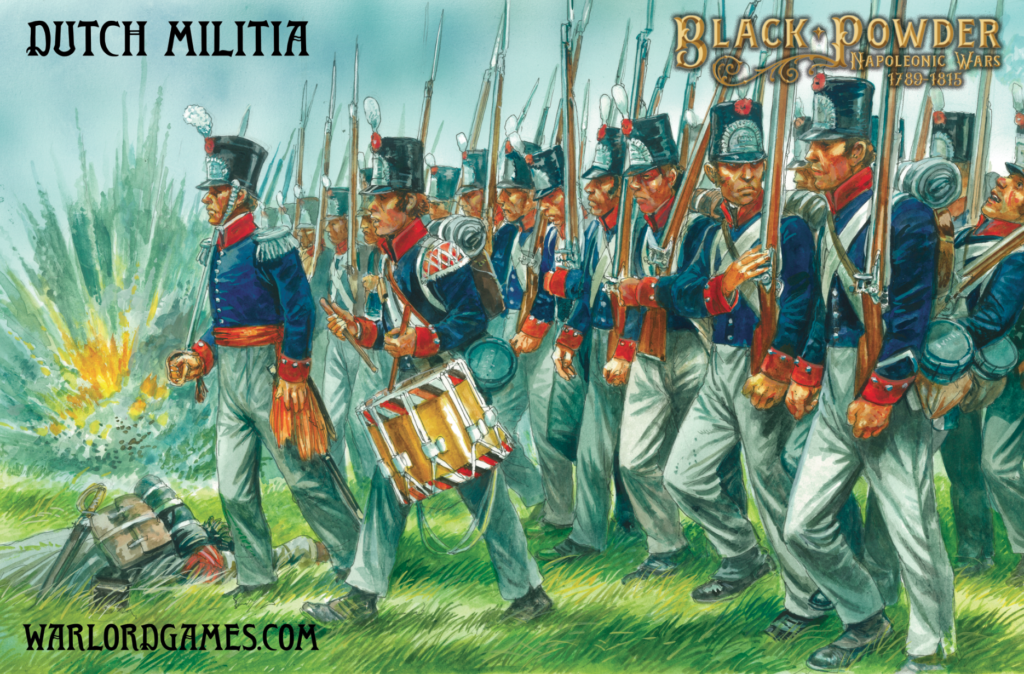
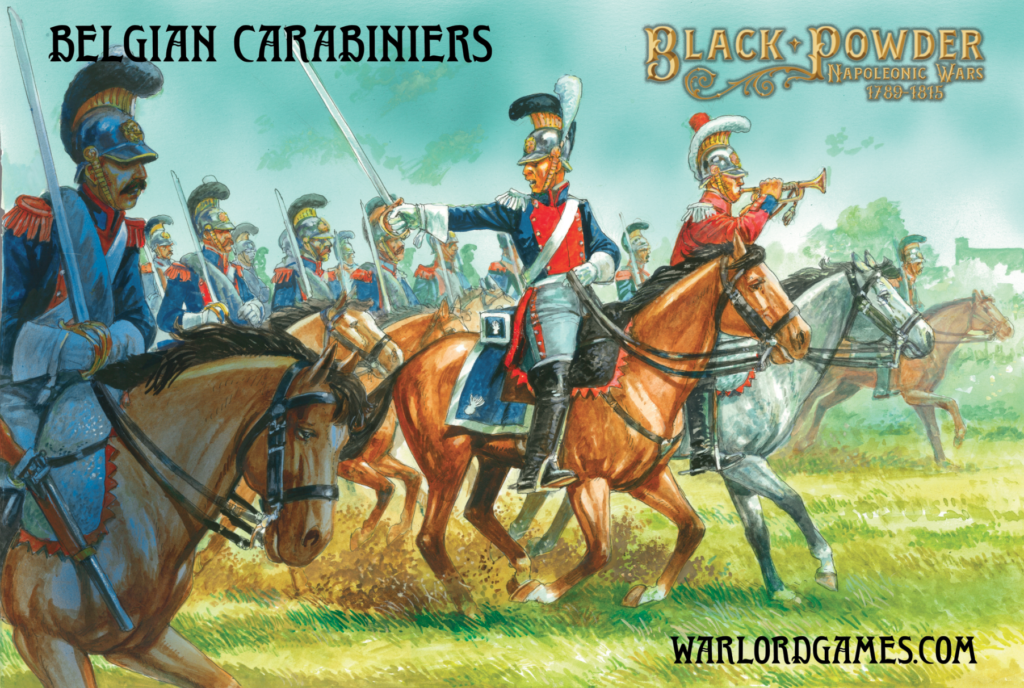
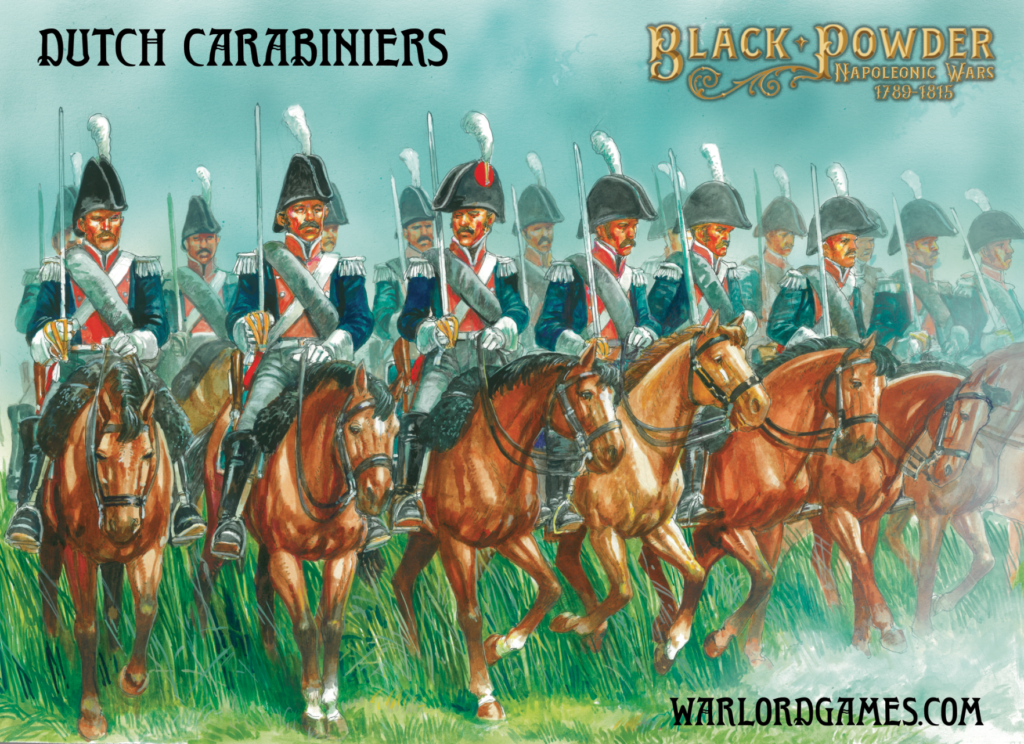
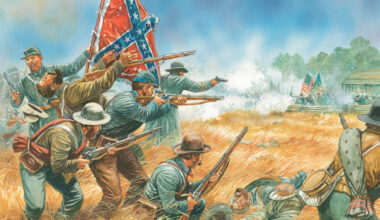
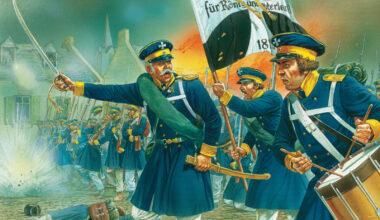
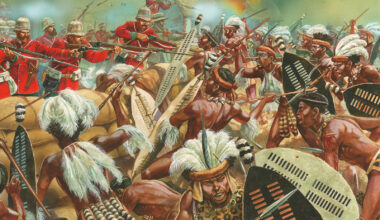
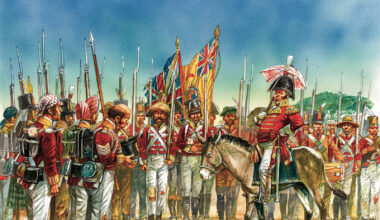
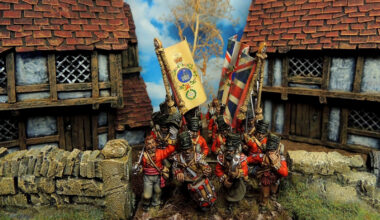
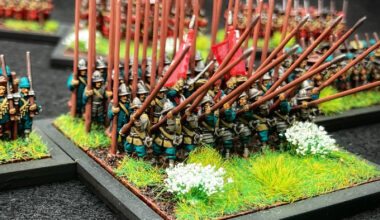
13 comments
This looks like a very exciting development however I must add a caveat. Will these sets be made of hard plastic or resin? If they are plastic I am definitely interested, if resin not so . I bought a set of resin Spanish Infantry and was very underwhelmed.
On the issue of cavalry, Warlord sets have been very poor compared to Perry, especially the horses. We will just have to wait and see
I am really looking forward to these. How about Nasau as well, are they on the agenda? And while you’re at it, Brunswickers? Or am I just being too greedy and salivating too much?
Very Anglocentric view of Dutch Army. The Carbineers were the best Heavy cavalry on the Allied side….said with full knowledge of the hopeless union brigade and the horse guards. Napoleon wished he had those guys still in the ranks of his cuirassiers. Veterans and tough. Love this range guys. Will they come in metal?
I am super excited by this range. I have to agree with you Michael, the Dutch/Belgians are very unfairly maligned.
For anyone interested the book Wellington’s Hidden Heroes: The Dutch and the Belgians at Waterloo by Veronica Baker-Smith, a British historian, is an excellent read. Things like Perponcher disobeying Wellington to save them at Quatre Bras, William of Orange not being incompetent, that half of the Dutch officers held the Legion d’ honor, reports of General Le bayonet marching on the French guard at the end of the battle.
Looking forward to these
Excellent looking minis when spied at the open-day and a great addition to the black powder range I’m sure. The in-house painting really did a splendid job on them.
I would echo some of the concerns above, the Spanish infantry was very underwhelming both in sculpting and warlord resin sio-casting, the Prussian cavalry range was hit and miss, personally I love the hussars and dragoons but disliked the other two sets while the horses all around are a bit on the skinny side and don’t match up to the likes of the other manufacturers in terms of dynamics or quality.
Hopefully, we’ll see at least one or two of these in hard plastic but I’m hoping the warlord resin team can pull off some of their improvements and deliver us some fantastic warlord resin Napoleonics, the material certainly has its advantages and disadvantages for a modeler (mainly being a pain to clean up) but it certainly provides robust minis 🙂
For me, pricing will be the one to watch as I’m sure to pick up a box of each, but the cost/quality will decide if I turn it into an army project. I’d expect plastics and metals at the usual rates, while I think warlord resin has a challenge in cases not being much cheaper than competitors’ metals, which are generally superior taking the Spanish as an example.
Overall fantastic stuff to see Black Powder getting some much-needed love and adding in a new range of figures, fingers crossed these work out well and there’s plenty more to come.
Fantastic – as long as they’re not resin. If they’re hard plastic, I’ll buy a brigade with delight. If they’re resin, I won’t be touching them with a barge pole.
interesting, though the description of infantry capabilities seems to follow the old British centric pov. In the final assault on the ridge, at least one of the French assaults was routed by a bayonet charge by Detmer’s Brigade – to quote from the Waterloo Assoc *hardly a Dutch Belgian sympathy club ‘Meanwhile, Chasse had finally formed up his 1st Brigade under Colonel Detmer in a line of six battalion columns and ordering the drummers to beat the ‘storm charge’ a great roar bellowed out from his troops as they drove forward at the double in one great bayonet charge. The French Grenadiers had seen enough and they quickly retired down the slope in some disarray’. The Dutch artillery also performed well
Can you let me no when you’re releasing your dutch/Belgium inf
So any more word on this or did it turn into vapor?
Have these cancelled? Need to move on to other sources if these will not see the shelves.
It has been nearly 2 years now and the only box set is the Belgian line infantry. Where and when will the other sets be released?????
any chance of releasing the missing units or should I leave the money with the competition?
Comments are closed.